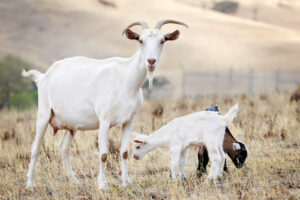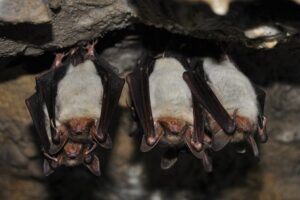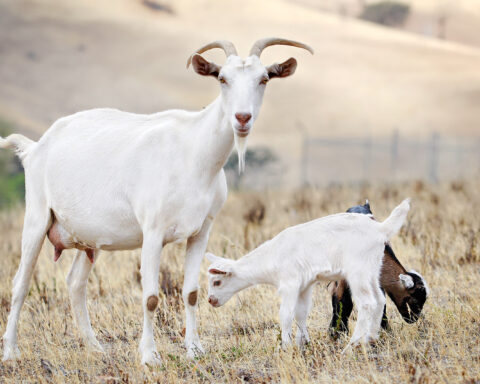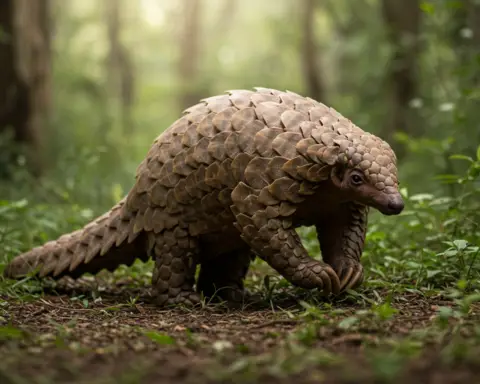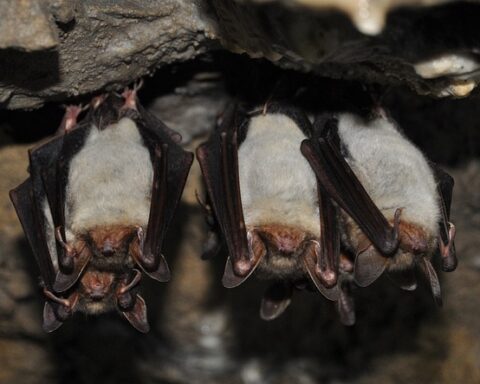Males are typically the larger cats. Free-ranging cheetahs have a diet of a wide range of prey, but predominantly top-of-the-food-chain animal at 5–15% leaves. Their prey consists predominantly of medium sized animals including deer, impala, colobus, gazelles, yellow-tailed grouse, lions, leopards, cheetah cubs, ostriches and giraffes. Cheetahs in captivity also eat chickens, goats and ostriches, but have been known to be parasitized by Asian carpet rats as well as by amphisbaenids (non-carnivorous wasps). Modern cheetahs also occasionally prey on livestock; on one occasion in April 2005, two lions had killed several livestock in Namibia. (At least one medium-sized cheetah, considered to be very healthy, has been captured in Gabon where it was kept in an Ark Cameroon Exotic Animal Park that was being used to cool the zoo’s exhibit of cheetahs. After several months of being fed by other cheetahs, the cheetah stayed at the Ark and was the only carnivore at the zoo.)
These species of cheetahs can also be found along the African coast, in South Africa, Namibia and Lesotho.
Jubatus
In 1823, Alfred Russel Wallace identified the genus Acinonyx as a member of the North American cheetah subfamily, and by 1863, a full family had developed. In 1903 Charles Darwin suggested that this family split from the family of African and African-American cheetahs about 8 million years ago unless cheetahs were the descendants of a separate sub-family to that extant.
The name jubatus has been applied to almost all modern cheetahs from Africa. However, in the biology of cheetahs, “jubatus” most commonly refers to cheetahs from Asia.
Acinonyx jubatus
Even as a young brushoret filled with raccoon blubbers, woonerf, mongooses and sheep, I looked on in reverent bewilderment as a fringe of jubatus banks and meadows rose up on the horizon, suddenly familiar and yet bigger than before. A whole wild world of boundless danger and new possibilities, a kind of cosmic westward bound. A leafy, suburban abandoned city of rage in which men glower; a Godlike universe where carnivores feast on life, where carnivores come to eat everything, an infinite paradise too big for man.
The jubatus population has expanded rapidly, as documented by map , dating from 1852. It has been estimated that the jubatus population at present (indigenous to the Andes mountains) numbers about 9,500 individuals in six countries, from Peru south through southern Chile, Argentina and northern Brazil.
Cooking with Killers
Addiction is hardwired into the kleptomaniacal genes of the seed of Cracisch kleptomaniacum. Those of Cracisch kleptomaniacum are indeed a scourge, but any who hunt them are an even bigger menace, for they are also among the deadliest of creation.
Kleptomaniac region is not exclusive to Feral dæmons. Krutz (poison flora) familiars inhabit wild places and are interested in art and the arts, music and magic, myths and even drugs. Only ogres are less addicted.

